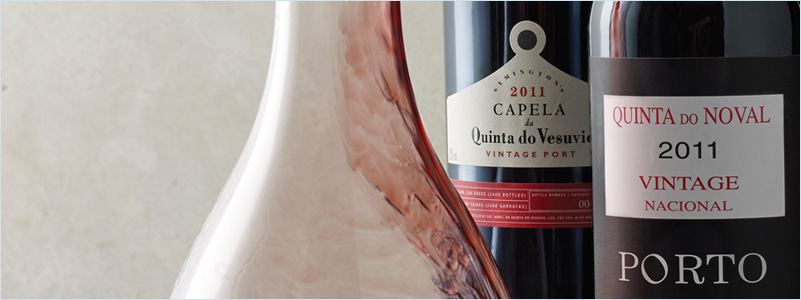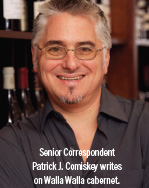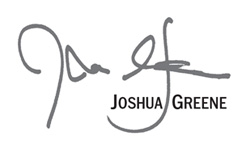

The steep, rocky schist canyon leading through the Douro Valley into Porto has produced some of the most collectible wines in the world for centuries. That is, until the disruptions of the 20th century, with world wars, new technologies and the manpower that once trod the grapes in granite lagars now comfortably settled in front of a football game on their television set in Vila Nova de Gaia.
The growers and winemakers in Douro, however, have been busy trying to recapture that excitement over the last decade, and their work, combined with the cooperation of the weather, has created a watershed vintage in 2011. It’s a year that brings new knowledge and technical expertise to the production of an ancient wine, a vintage that’s delicious enough across the board to turn some heads, with wines more expressive of Douro than ever. That is not meant as hyperbole, but as a measure of the wines’ distinction across a wide range of vineyards. I’ve provided tasting notes on page 83 and a report on page 38 that considers why this might be the case.


And then there’s Champagne, a region famed more for the bubbles in its wine than the terroir expression of its soils. Growers—and large houses acting as growers—have begun to change that impression, and many of us who love to drink their ever more vinous creations are opting for wine glasses rather than flutes. Some producers, and a few sommeliers, are decanting their Champagne, a controversial approach, as Peter Liem reports on page 28. We didn’t decant any of the wines for our house-by-house assessment of Champagne (p. 50), but we did find the best of the wines developed beautifully with air. And we did not taste them out of flutes.
Whatever wine you choose to open for your holiday feasts, and however you choose to pour it, we wish you a great celebration and lots of good cheer.


photography by Sarah Anne Ward. Prop styling by Paola Andrea Ramirez.
This story appears in the print issue of December 2013.
Like what you read? Subscribe today.















